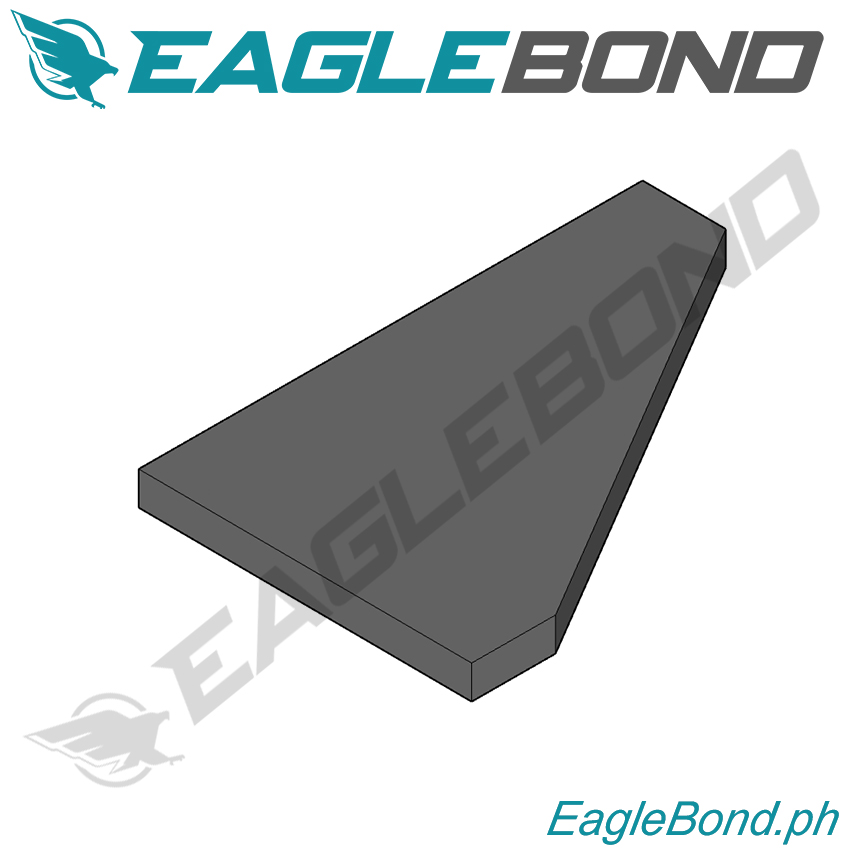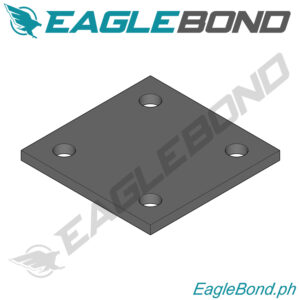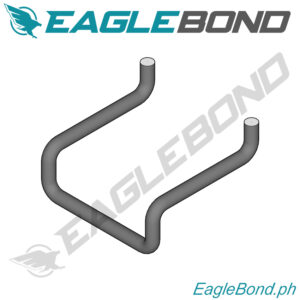Stiffener Plate A36 – Full Description
Product Description: Stiffener Plate A36 is a robust structural plate crafted from ASTM A36 steel, a standard low-carbon steel known for its excellent strength, weldability, and versatility. This plate is primarily used to reinforce structural components, increasing rigidity and preventing deformation under load. Available in different shapes—such as square, rectangular, circular, and custom shapes—it can be tailored to various project requirements. The plate is also offered in several material finishes, including stainless steel, black iron, and galvanized (both standard galvanized and hot-dip galvanized) to provide additional durability and corrosion resistance depending on the application.
Use and Purpose: The primary function of a stiffener plate is to reinforce and stabilize steel beams, columns, or other load-bearing structures, ensuring they can withstand high stresses and pressures without buckling. These plates are essential in construction, bridges, industrial equipment, and mechanical structures where added strength and stability are required. Stiffener plates are particularly effective in load-bearing joints, ensuring even distribution of forces and preventing deformation in critical areas.
Key Features:
- Reinforcement for Structural Components: Designed to increase strength and rigidity in beams, columns, and other load-bearing structures.
- Variety of Shapes: Available in multiple configurations to fit different structural designs and applications.
- Material Options: Offered in stainless steel, black iron, and galvanized finishes, providing versatility for various environments.
- Corrosion Resistance: Galvanized options protect against rust and corrosion, especially in outdoor or industrial settings.
- Customizable for Specific Needs: Can be cut or fabricated to fit specific structural applications.
Topics to Discuss to Know the Importance of Using Stiffener Plate A36:
- Structural Reinforcement: Stiffener plates play a critical role in reinforcing beams and columns in structural frameworks. By adding these plates at critical points, such as connections and joints, the load-bearing capacity of the structure is increased. This prevents bending, buckling, or deformation, ensuring that the building or equipment can handle high loads and stresses over time.
- Wide Range of Shapes for Various Applications: The stiffener plates are available in multiple shapes, including square, rectangular, circular, or custom configurations. This variety allows for flexibility in applications, making them suitable for both small and large structural projects. Whether used in bridges, building frameworks, or industrial machinery, the shape can be adapted to meet the specific requirements of the project.
- Material Options and Coatings:
- Stainless Steel: This material is known for its excellent corrosion resistance and strength, making it ideal for environments exposed to moisture, chemicals, or extreme weather conditions.
- Black Iron: Provides a cost-effective option for indoor applications where corrosion is not a concern, while still maintaining good structural integrity.
- Galvanized (Standard and Hot-Dip): These finishes provide a protective zinc coating that shields the steel from rust and corrosion, especially useful in outdoor or industrial settings where the material will be exposed to harsh conditions.
- Importance in Load-Bearing Structures: Stiffener plates ensure that load-bearing components such as beams and columns can handle additional weight or force without failure. This is especially important in construction projects where safety and structural integrity are top priorities. By discussing the role of stiffener plates in distributing loads evenly across a structure, customers can understand the importance of using these plates in critical areas.
- Applications in Construction and Infrastructure: Stiffener plates are widely used in construction projects, from building frameworks to bridges and other infrastructure. They provide additional support to prevent warping or bending in steel beams, especially at connection points. The use of stiffener plates ensures that large structures can maintain their shape and strength even under significant weight or stress.
- Enhanced Durability with Coatings: In outdoor or corrosive environments, choosing a galvanized or stainless steel stiffener plate is essential to prevent rust and degradation over time. The hot-dip galvanized option offers superior protection against harsh environmental factors such as moisture, chemicals, or saltwater, making it ideal for coastal or industrial applications.
- Weldability and Easy Fabrication: ASTM A36 steel is known for its excellent weldability and machinability, making stiffener plates easy to cut, weld, or shape to fit specific project needs. This property allows for quick installation, saving time and labor costs on-site. Contractors can easily modify the plate to meet the exact specifications required by the structure, whether for bridges, heavy machinery, or large buildings.
- Critical Role in Seismic and Wind Load Resistance: Stiffener plates also play an important role in enhancing the resistance of structures against dynamic forces, such as seismic activity or high wind loads. By reinforcing beams and columns, stiffener plates help prevent catastrophic failures in critical infrastructure, ensuring safety and longevity in environments prone to these forces.
Material and Coating Options:
- Stainless Steel: High corrosion resistance, ideal for coastal, marine, or industrial environments.
- Black Iron: Cost-effective for indoor, dry environments, providing structural strength without the need for corrosion resistance.
- Standard Galvanized: Moderate rust protection for outdoor use, providing a zinc coating that prevents rusting.
- Hot-Dip Galvanized: Superior rust and corrosion protection, ideal for extreme environments such as coastal areas or industrial settings exposed to chemicals or moisture.
Conclusion:
Stiffener Plate A36 is an indispensable component in various construction and industrial projects, providing reinforcement to structural components such as beams and columns. Available in a range of shapes and materials, including stainless steel, black iron, and galvanized coatings, these plates ensure long-lasting durability and strength in any environment. The importance of using stiffener plates lies in their ability to enhance structural integrity, prevent deformation, and provide added support in critical areas.
















